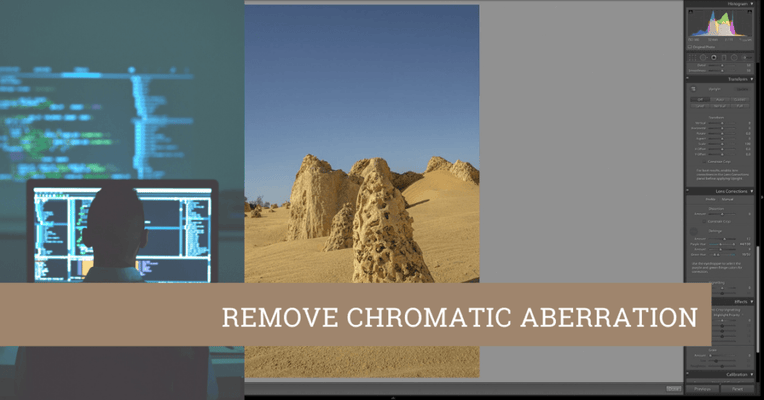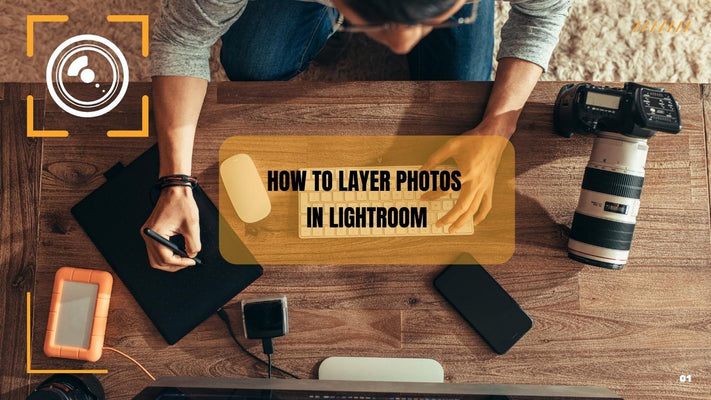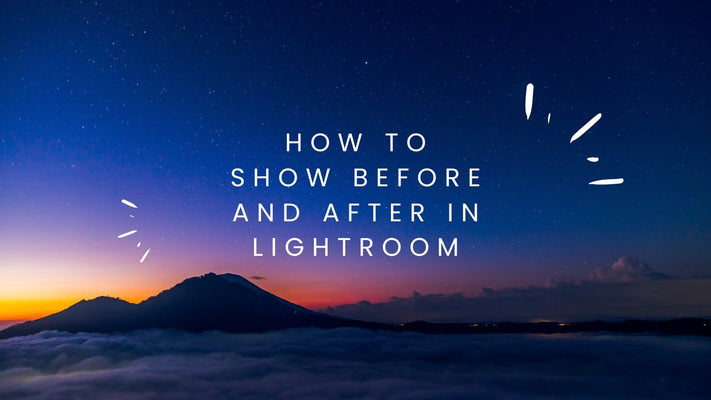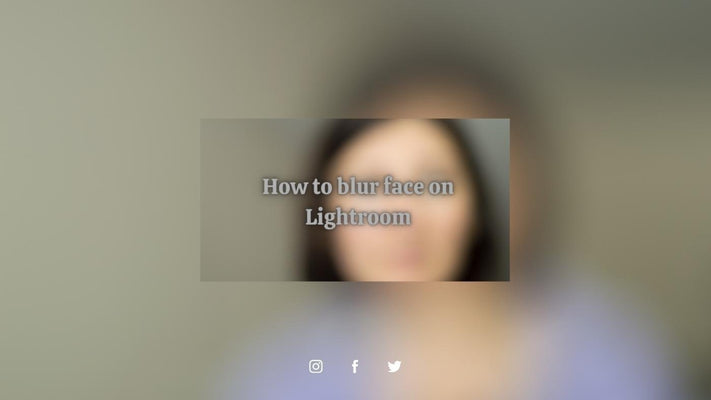How to remove grain in Lightroom?
Smoothing Out the Details: How to Remove Grain in Lightroom
Whether it's due to low light, high ISO settings, or just the nature of your camera sensor, grain or noise can sometimes be an unwanted characteristic in your photographs. Adobe Lightroom provides comprehensive and user-friendly tools to tackle this issue, allowing you to enhance your images while maintaining their natural look. This article will guide you through the process of removing grain in Lightroom, ensuring your photos look their absolute best.
Understanding Grain
Grain, or digital noise, is the visual distortion that appears in an image, often as a result of shooting in low-light conditions or using high ISO settings. It is comprised of two types: luminance noise, which appears as grayscale speckles, and color noise, which shows up as multi-colored specks or "splotches." Depending on the aesthetic you're going for, a certain amount of grain might be desirable. However, when it's excessive, it can be a distraction.
Removing Grain in Lightroom: A Step-by-Step Guide
Lightroom’s 'Detail' panel offers two key tools for reducing image noise: 'Luminance' and 'Color'. They're both located in the 'Noise Reduction' section. Here’s how to use them:
Step 1: Import and Select Your Photo
First, import your photo into Lightroom. Once you've done that, select the image in the Library or Develop module.
Step 2: Open the Detail Panel
Switch to the Develop module and open the 'Detail' panel on the right side of the screen. This panel contains the sharpening and noise reduction tools.
Step 3: Zoom In
Zoom into your photo to get a clear view of the grain. A 1:1 ratio is typically a good starting point. You can do this by clicking on the 1:1 button in the Navigator panel or by using the zoom tool.
Step 4: Noise Reduction
In the 'Noise Reduction' section, you’ll see sliders for 'Luminance', 'Detail', 'Contrast', 'Color', 'Detail', and 'Smoothness'.
Luminance: Start by adjusting the 'Luminance' slider to reduce the grayscale noise in your image. Pushing the slider to the right increases the noise reduction. However, be cautious as too much luminance reduction can make your image look overly smoothed and can result in loss of detail.
Detail & Contrast: The 'Detail' and 'Contrast' sliders underneath 'Luminance' allow you to fine-tune the luminance noise reduction. 'Detail' controls the threshold at which the luminance noise reduction takes place, while 'Contrast' helps in preserving or smoothing out contrast details.
Color: Next, adjust the 'Color' slider to reduce the color noise. Again, increasing this value reduces more noise, but too high can lead to color bleeding.
Color Detail & Smoothness: The 'Detail' and 'Smoothness' sliders under 'Color' allow you to adjust how color noise reduction is applied. 'Detail' helps preserve the edges of colored details, and 'Smoothness' aids in reducing low-frequency color mottling artifacts.
Step 5: Sharpening
After reducing the noise, you might notice that your image has lost some sharpness. Use the 'Sharpening' tools at the top of the 'Detail' panel to restore it. The 'Amount' slider controls the overall intensity of sharpening, 'Radius' determines the size of the details being sharpened, and 'Detail' controls the amount of sharpening on the edges or details of the image. The 'Masking' slider can be used to limit the areas of the image where sharpening is applied, focusing on the edges and leaving the flat areas untouched.
Step 6: Review and Adjust
After you’ve adjusted these settings, review your image. Zoom out to see the overall effect, then zoom in again to check the details. You may need to fine-tune your settings based on your observation. The aim is to strike a balance between noise reduction and image detail.
Other Considerations
While Lightroom's noise reduction tools are powerful, it's important to remember that they have their limits. If an image is excessively noisy, removing all the noise might result in an unnatural-looking photo. In such cases, it could be a better strategy to reduce the noise to an acceptable level rather than trying to eliminate it completely.
Moreover, remember that each image is unique. There is no one-size-fits-all approach when it comes to noise reduction. The amount and type of noise, the detail in the image, and the intended use of the photo all factor into how much noise reduction you should apply.
Conclusion
Understanding how to effectively remove grain in Lightroom can enhance the quality of your images, especially those shot in challenging light conditions. The software offers a high degree of control, allowing you to preserve image details while minimizing noise. However, noise reduction is a delicate process that requires a careful balance between smoothing out grain and maintaining essential details. As with many aspects of photo editing, mastering this technique requires patience, practice, and a discerning eye.
Remember, the best defense against noise is capturing the highest quality image in-camera. Noise reduction is a valuable tool, but it's always best to start with a well-exposed image. By maintaining a low ISO setting, stabilizing your camera, and ensuring proper exposure, you'll significantly reduce the amount of grain in your images right from the start.
Lightroom's noise reduction tools are an excellent resource for those times when you can't avoid shooting under less-than-ideal conditions. With practice, you'll be able to smoothly navigate the balance between reducing grain and preserving detail, enhancing your overall photo editing skills and delivering the best possible images.












